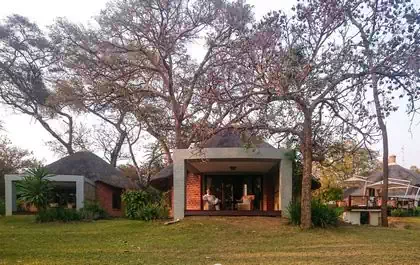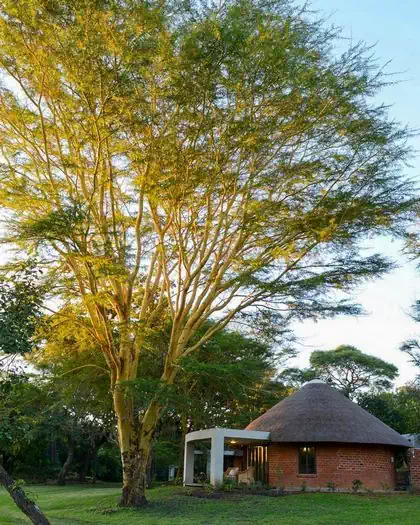Lilayi Lodge design

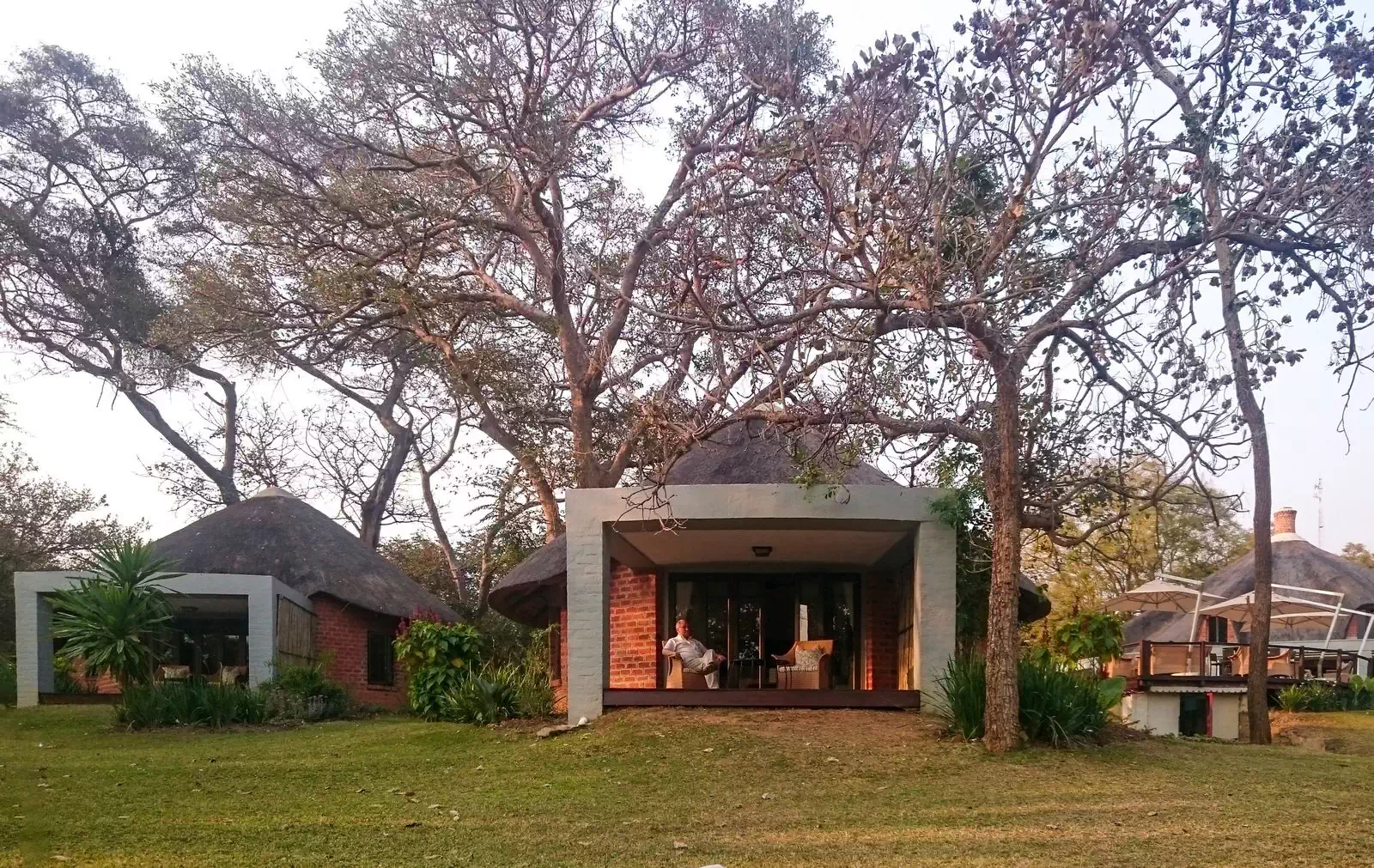

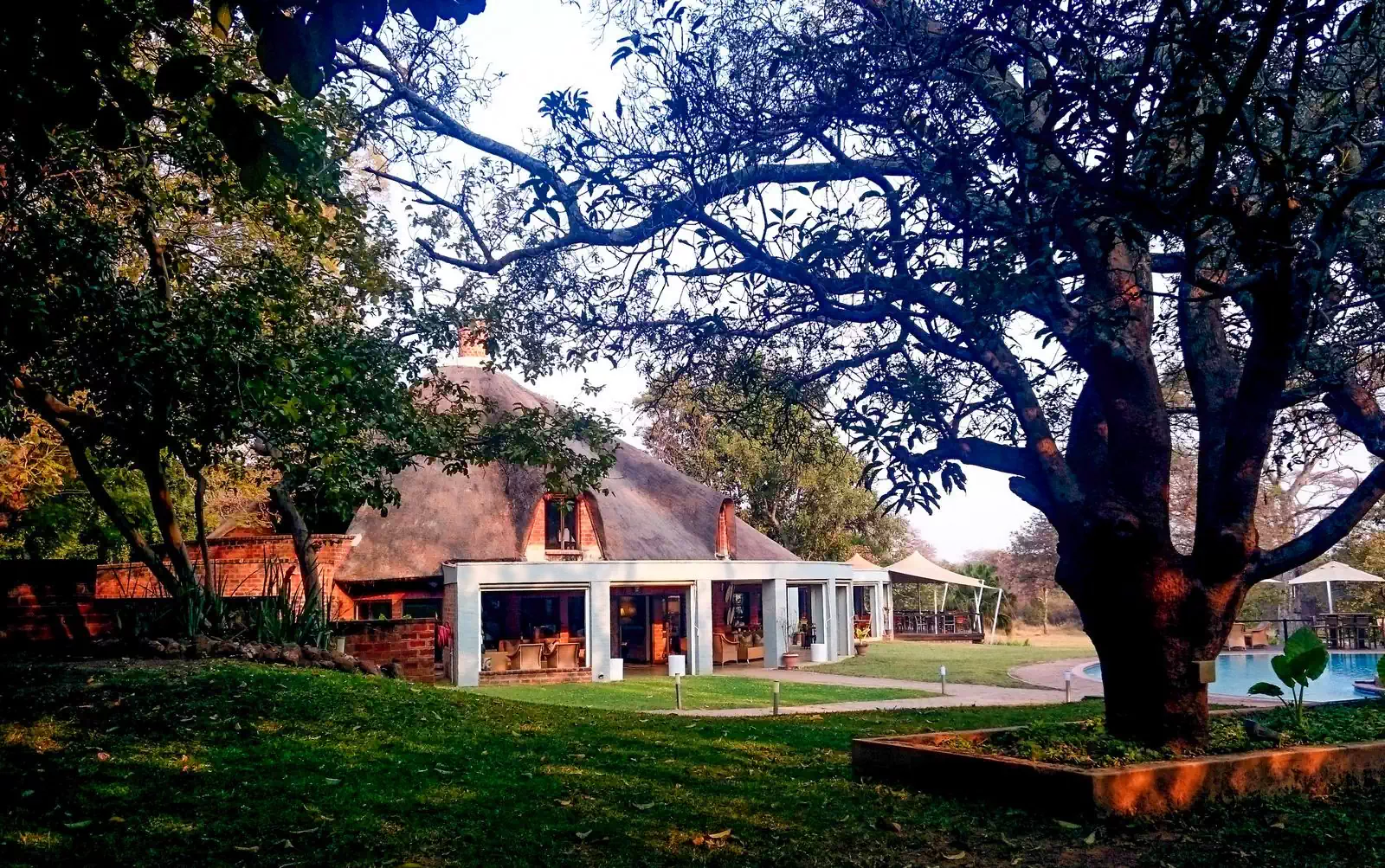
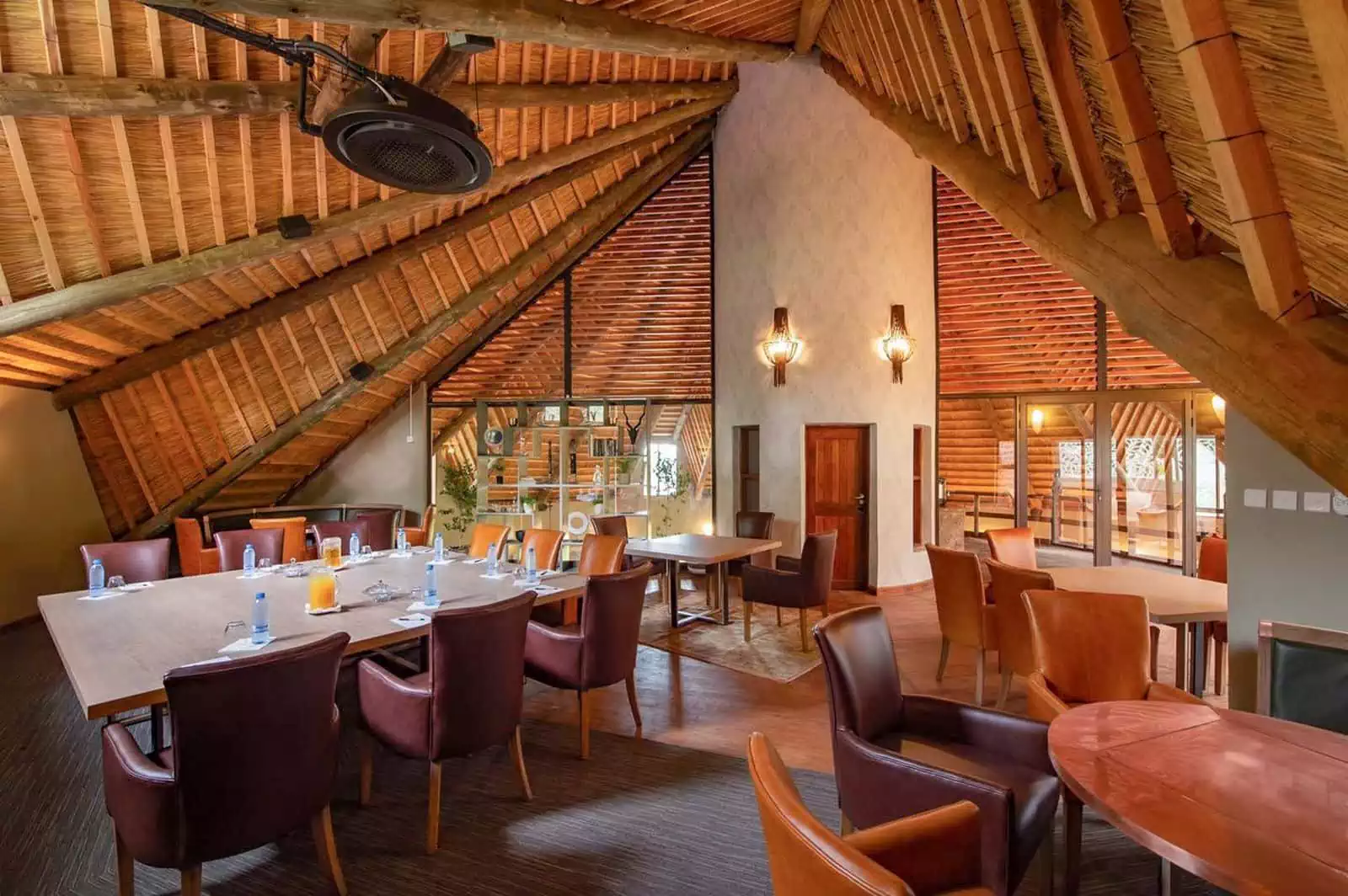

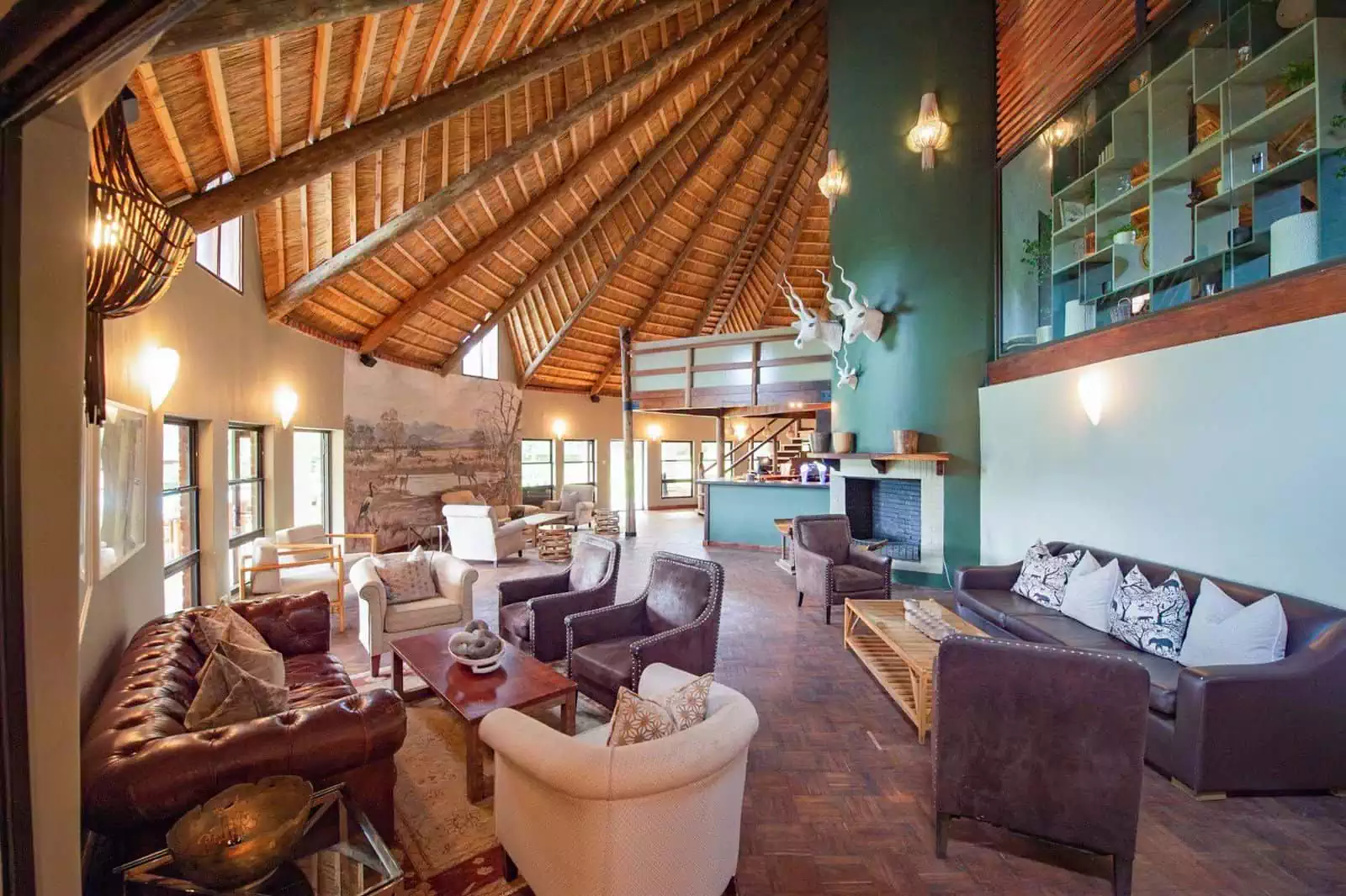

Location and setting
The Miller family decided to completely renovate the old lodge set in the middle of their game farm. The 650ha land houses more than 500 plains game and amazingflora, while conveniently located on the southern outskirts of Lusaka. With an elephant nursery and waterhole nearby the location feels completely detached from the urban life and immersed in the African savanna. Harare based Pantic Architects were engaged to create the lodge design and supervise construction works. .
Architectural concept
Strong African elements through modern interpretation guided the design and architectural concepts. Undulating thatched roofs brought in the local atmosphere while they were framed by linear concrete elements creating contrasting elements and form. Organic natural elements opposing stiff man-made structures. The forms are circular and curvilinear following the traditionalZambian hut design that symbolises shelter and protection. The inner structure is made of wooden gum poles that carry the thatched roof, while an external buffer zone is covered by concrete providing a thermal buffer and protection from the elements. The best seating areas are on this covered veranda as the climate is temperate allowing outside sitting the whole year. The roof slabs protect from the sun and rain, while at the same time providing a cooling effect due to the high thermal mass. This same principle was used for the bungalows with a smaller veranda in front of the bed providing shade and an external sitting area. Magaruque bungalows are similar thatched buildings.
Site layout considerations by the lodge architect
The buildings have been carefully placed on the plot, maximising views of thewaterhole and the natural scenery and keeping all existing trees on site. The main building is in the middle of the plot, enjoying the prime spot together with the pool and outlying areas. The rooms are dotted around on the west side each under a full grown indigenous tree with full privacy and views onto the savanna. The lodge architects placed a meandering path to the bungalows from behind not disturbing the occupants while providing a scenic route. The parking is hidden on the north side, while the kitchens and staff accommodation or on the west side,completely hidden from any interaction with the guests but conveniently placed for servicing. Each bungalow was carefully positioned with views and privacy in mind, and has a luxurious bed directly looking out onto the stunning sunset view through the covered veranda. The bathroom behind the bed is fully furnished and decorated in the same style.
Natural elements
The theme behind the lodge has been to emphasise and bring out natural elements both in the architecture and in the interior design. Wooden light fittings and furniture, natural leather upholstery, gum pole structures and hardwood floors pervade the interiors. Beiges and light tones are contrasted by dark wooden windows and the thatch roof.
Green and sustainable design
The large internal volumes due to the steep thatch roofs allow for the hot air to rise and escape, providing a cooler space for the occupants. Large covered verandas protect all openings sheltering from the beating sun and minimise heating of the internal spaces. The use of concrete slabs on the verandas aids with diurnal cooling of the filter zones - the thermal inertia of the walls allows them to cool the spaces during the hot day and give off heat during the cool nights. Local materials, techniques and labour were prioritised during all design and construction decisions leading to a more sustainable architectural design. The mixture of nature and man-made elements seems to have given the right architectural, functional and aesthetic results shown by the extremely successful operation of the lodge. See here for more of our design projects.



